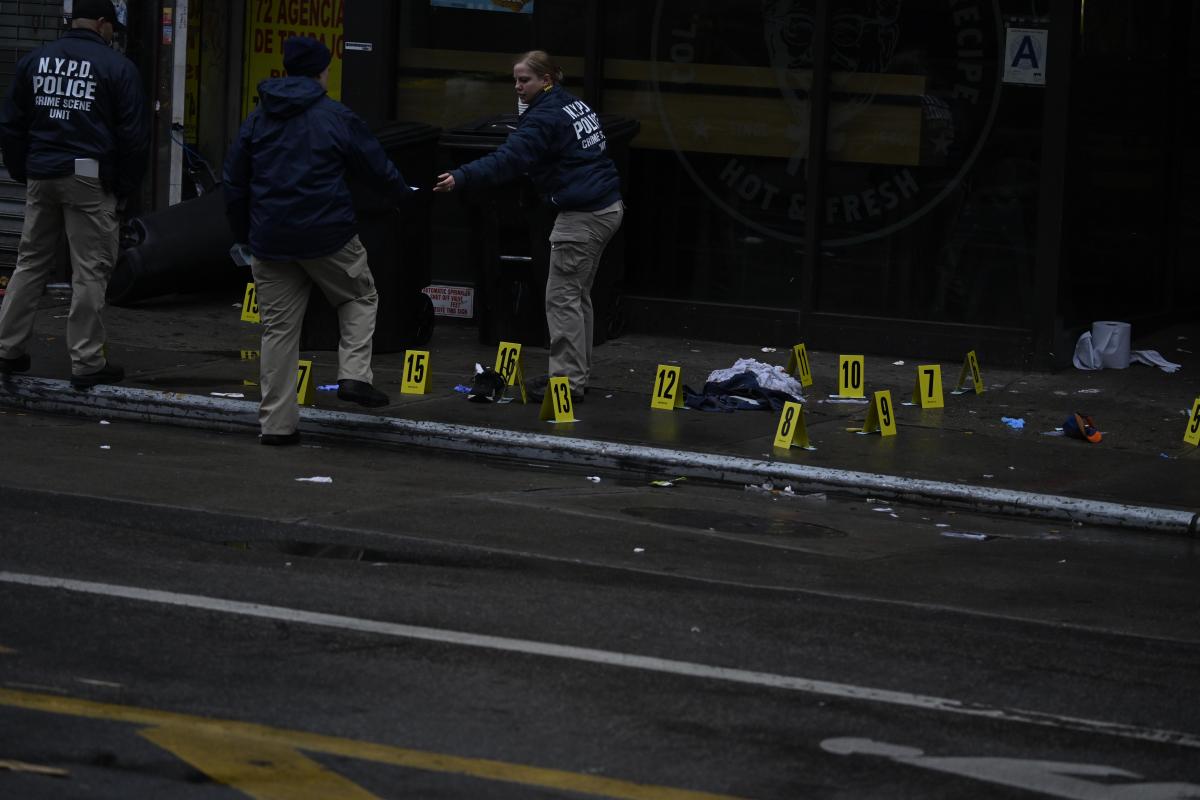I am sure that the opposition of City Councilman Peter Vallone Jr. (D−Astoria) and state Assemblyman Michael Gianaris (D−Astoria) to the proposed development of a 50−unit supportive housing residence in Astoria (“Pols oppose Astoria shelter,” Oct. 30) is based on well−meaning concern for their districts. Their claim that the residence would impede development in the neighborhood and present safety concerns, however, are wrong and based on stereotypes not borne out by the facts.
This kind of unfounded fear and anxiety about property values and negative neighborhood impacts has been addressed in a just−released study by New York University’s Furman Center for Real Estate and Urban Policy.
The Furman study codifies what we at Urban Pathways have known from our experience for years: Supportive housing and formerly homeless adults can be very good neighbors. Our Manhattan residence — Ivan Shapiro House, a 55−unit supportive housing residence — has operated successfully for more than a decade without incident or negatively affecting the community or surrounding property values.
As the executive director of Urban Pathways, the nonprofit, community−based organization that has proposed the supportive housing development in Astoria. I am proud of our record of integrating our supportive housing residence into the neighborhood where we are located. Our supportive housing residence is indistinguishable from any other neighboring quality development.
I also must set the record straight on one critical point. Gianaris mistakenly compares our development to an East Elmhurst homeless shelter. We are not proposing a shelter. We want to build a different supportive housing residence.
The residents of our proposed Astoria building have been deemed ready by mental health professionals to live on their own and work toward living a more stable and productive life assisted by the supportive services Urban Pathways provides.
Urban Pathways will provide comprehensive, on−site services for the residents, a program director, case managers, a director of social services, a consulting psychiatrist, a nurse and maintenance staff. In addition, there will be 24−hour security.
I am proud of our record of achievement with homeless and formerly homeless adults. Since 1975, we have helped over 100,000 men and women move toward stability, independence and recovery. We work to care for and rehabilitate individuals who have nowhere else to turn while at the same time not impairing the social fabric or property values in the neighborhoods where our facilities are located.
Frederick Shack
Executive Director
Urban Pathways
Manhattan






























